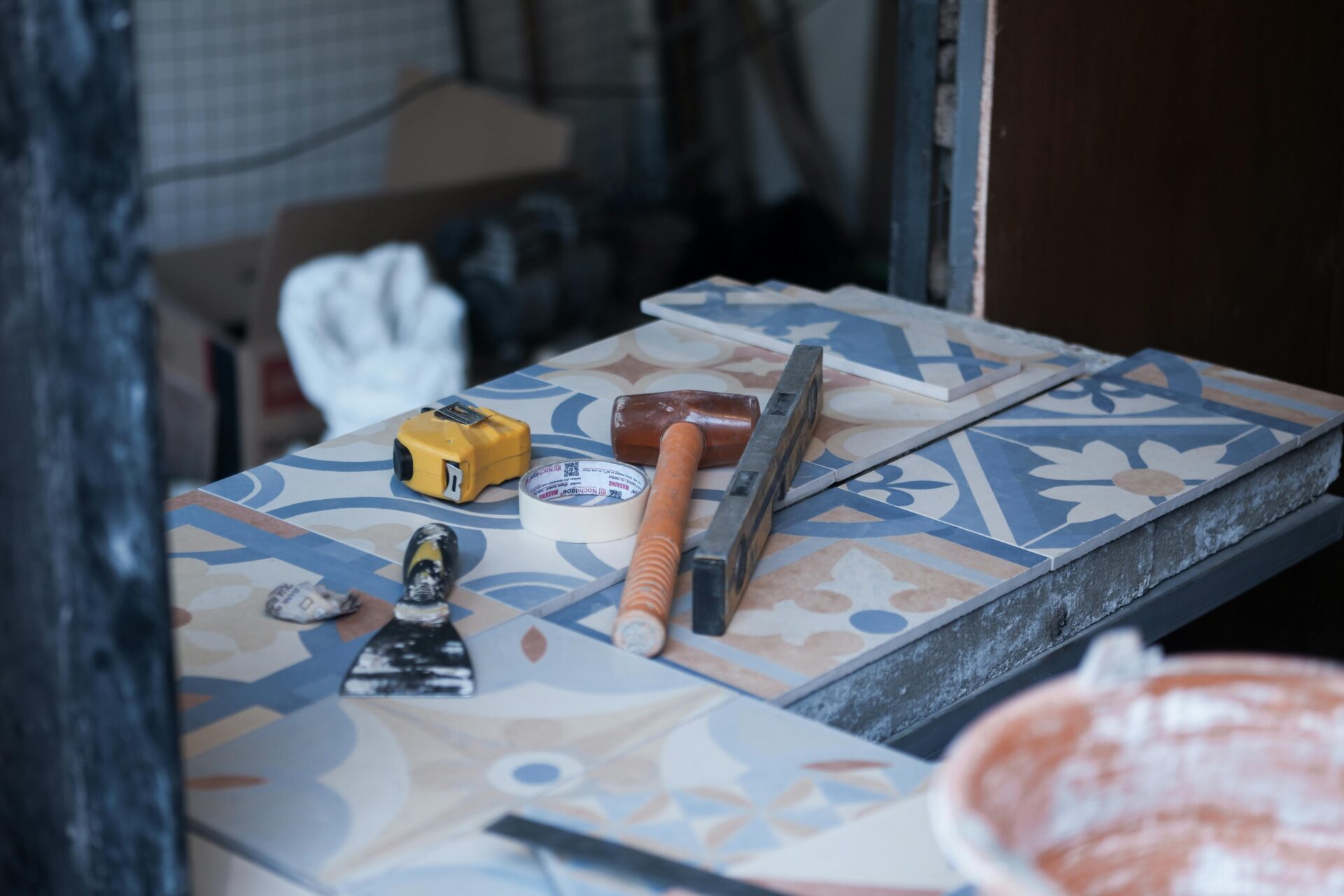Ha burkolásról van szó, a tökéletes burkoló lapok megtalálása mellett van egy másik feladat is, ami a teljes felület minőségét befolyásolhatja: a kiegészítő termékek beszerzése és használata. A kőragasztó és fugázó nem csupán a lapok rögzítéséért felelősek, de egyben a burkolat tartósságát és esztétikus megjelenését is garantálják. Ezért tehát elengedhetetlen, hogy mindkét termék kéznél legyen, amikor megkezdődik a munka. Íme, mi mindent érdemes róluk tudni!
Miért fontos a kőragasztó?
A kőragasztó speciálisan a kőből készült burkolatokhoz való, használata pedig több okból is előnyös lehet:
- Erős kötés: A kőragasztó stabilan rögzíti a burkolatot az alaphoz, így nem kell attól tartani, hogy idővel felválik vagy elmozdul a helyéről.
- Rugalmasság: Minden épületnek van mozgása, ez azonban a burkolatok kárára mehet. A kőragasztó segít abban, hogy elnyelje az ebből adódó feszültségeket, a burkolat pedig sérülés nélkül a helyén maradjon.
- Víz-és fagyállóság: Képes ellenállni azon időjárási tényezőknek is, amelyek – főleg kültéren – gyakran ártanak a burkolatnak.
- Időtállóság: Megfelelő használat mellett az erős kötésnek köszönhetően jelentősen meghosszabbítja a burkolat élettartamát.
- Könnyű alkalmazás: Gyorsan és egyszerűen használható, így megkönnyítve a burkolási munkákat és lerövidítve azok idejét.
Miért fontos a fugázó?
A fugázó a már rögzített burkolólapok közötti rések kitöltésére szolgál, ami nem csupán esztétikai kérdés:
- Javítja a megjelenést: A megfelelően kiválasztott fugázó kiegészíti a burkoló lapokat mind stílusban, mint színben.
- Stabilizál: Rögzíti a burkolatot és megelőzi a lapok elmozdulását azáltal, hogy körben „kitámasztja” azokat.
- Rugalmas: Ugyanakkor a kőragasztóhoz hasonlóan elnyeli az aljzat mozgásait, így csökkenti a lepattanó sarkok és repedések kialakulásának valószínűségét.
- Védelmet nyújt: Megakadályozza, hogy az akár önmagukban éles sarkok sérüléseket okozzanak a mindennapos használat közben.
- Tisztán tart: Könnyebbé teszi a tisztítást, hiszen a nedvesség és a szennyeződések nem tudnak a lapok közötti résekbe jutni. Ezáltal higiénikusabb lesz a felület és a takarítása is egyszerűbb feladattá válik.
Hol érdemes kőragasztót és fugázót használni?
Általánosságban elmondható, hogy a kőragasztó és fugázó mindenhol jól jöhet, ahol burkoló lapok kerülnek lerakásra. De hogy ez pontosan mit is jelent?
Belső terek
Beltéren leggyakrabban a fürdőszobai burkolásokkor találkozhatunk ezen anyagokkal. A fal és a padlóburkolatok lerakásakor mindenképp szerezzük be őket, hiszen ebben a helyiségben kiemelten fontos, hogy strapabírók és jó minőségűek legyenek az elkészült felületek. Ezen kívül érdemes még a konyhai fal- és padlóburkolatok, a kandallók és kályhák körüli területek, illetve az előszobák és egyéb kővel burkolt helyiségek padlójának kialakításakor is észben tartani ezen anyagokat.
Külső felületek
Kültéren általában a teraszok és erkélyek kapnak olyan burkolatot, amelyhez mindenképp szükséges a kőragasztó és a fugázó. A belső terekkel ellentétben itt már az időjárási körülményekkel is számolni kell, vagyis mindenképp érdemes olyan terméket választani, ami alkalmas a kültéri felhasználásra is.
Ugyanakkor ne feledkezzünk meg a lábazatokról, a medenceburkolatokról, vagy akár a burkolt lépcsőkről sem! Ezek mind olyan felületek, amelyek az év minden napján ki vannak téve az elemeknek: víz, fagy, magas hőmérséklet éri őket. Ezek miatt fontos, hogy előre gondolkozzunk és már a burkolat készítésekor biztosítsuk az extra védelmet és támogatást a kiválasztott lapok számára.
A Babó Kőburkolatok webáruházában kőragasztó, fugázó és egyéb burkoláshoz szükséges anyagok hatalmas választéka vár. Kínálatuk minden eleme a legmagasabb minőséget képviseli, – vagyis bátran választhatod őket, ha valóban tartós megoldást keresel – ugyanakkor igen kedvező áron érhetők el. Válaszd ki a számodra tökéletes kőragasztót, találd meg a burkoló lapokhoz leginkább illő fugázót és szerezd be őket egyszerűen, egy helyről!

